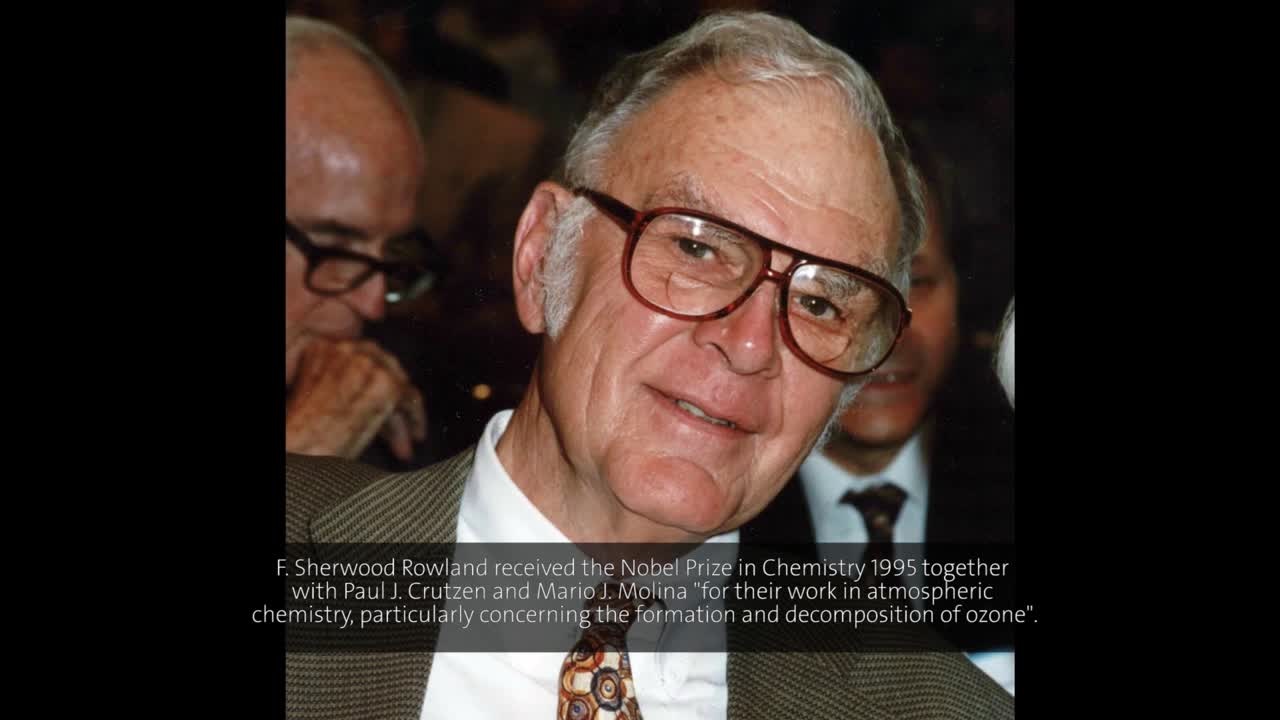Comment
The Nobel Prize in Chemistry in 1995 was awarded in equal parts to Paul J. Crutzen, Mario J. Molina and F. Sherwood Rowland “for their work in atmospheric chemistry, particularly concerning the formation and decomposition of ozone”. All three laureates are well-known to audiences at the Lindau Nobel Laureate Meetings. Rowland passed away in 2012, and this lecture was the first of five he would give in Lindau.
The depletion of ozone in the stratosphere by accumulating amounts of chlorofluorocarbons (CFCs) became well-known in 1974, partly through the work of all three laureates, and prompted the Montreal Protocol, agreed in 1987, which effectively banned the use of CFCs. In hindsight, this was only the beginning of extensive public interest in atmospheric science, the precursor to the more complex problems of greenhouse gas emissions and global climate change, which Rowland mentioned during his lecture.
In this talk, Rowland focused on air pollution in both cities and rural areas – particularly in the tropical regions of Africa and Asia, and the resulting increase in tropospheric ozone. As Rowland explained, in order to create more ozone in the troposphere, you need hydrocarbons, nitrogen oxides and sunlight. The source of almost half of nitrogen oxide is vehicle use, as an end product of fuel combustion, and the resulting brown haze is particularly visible in cities with heavy traffic such as Los Angeles, or Santiago in Chile. But there is another source of tropospheric ozone, detected in areas where there are very few vehicles, which is agricultural burning in the tropics. This is a common practice in many areas, and the burning of biomass generates substantial smoke clouds which can affect people at considerable distances from the fires.
Rowland concluded the lecture by commenting on the surge in population growth, noting that it’s not so much the number of humans populating the planet that’s crucial, but the affluence of humans, which affects the shrinking of natural resources and contributes to a variety of pollution problems.

